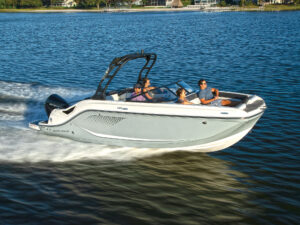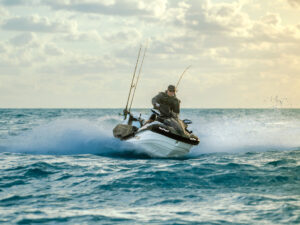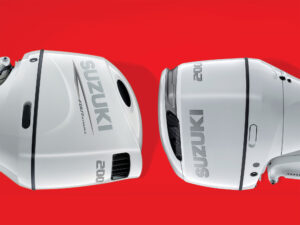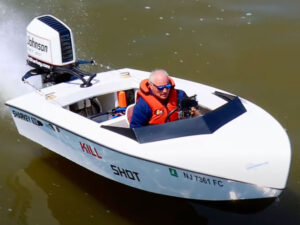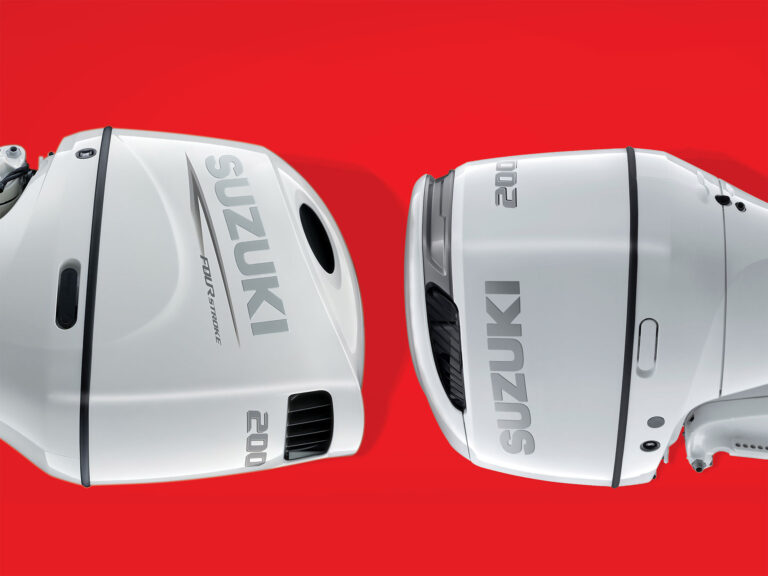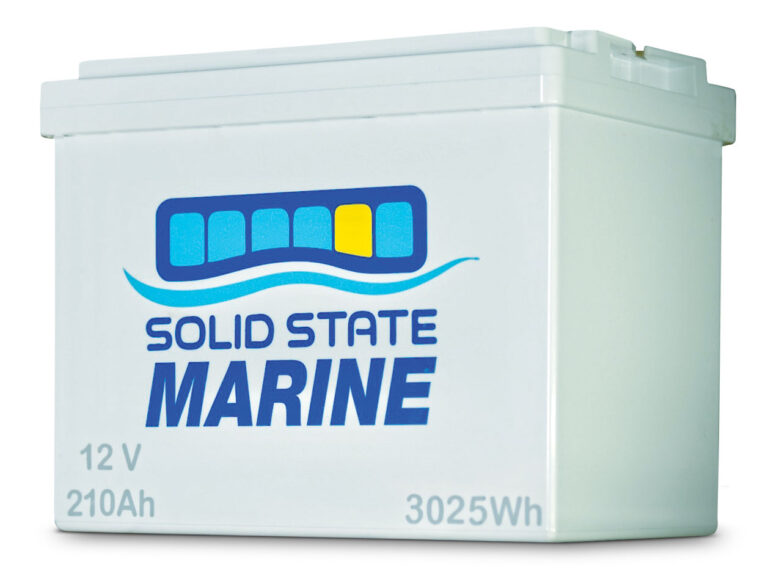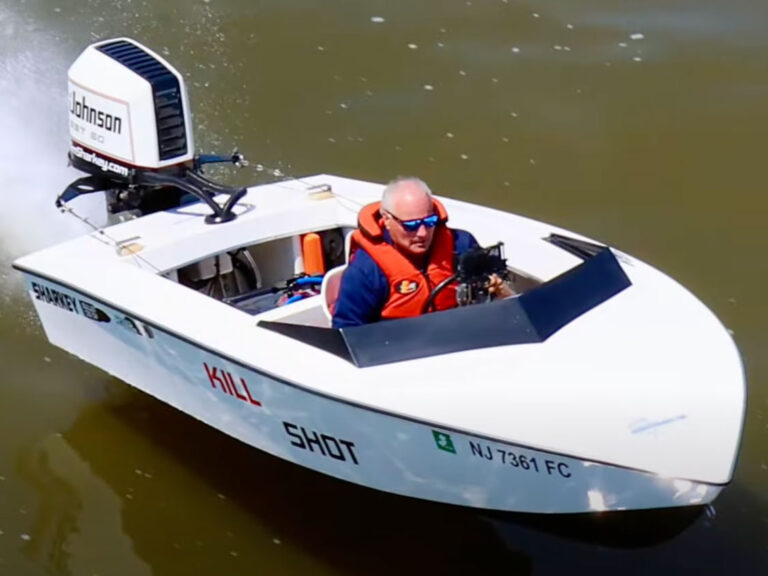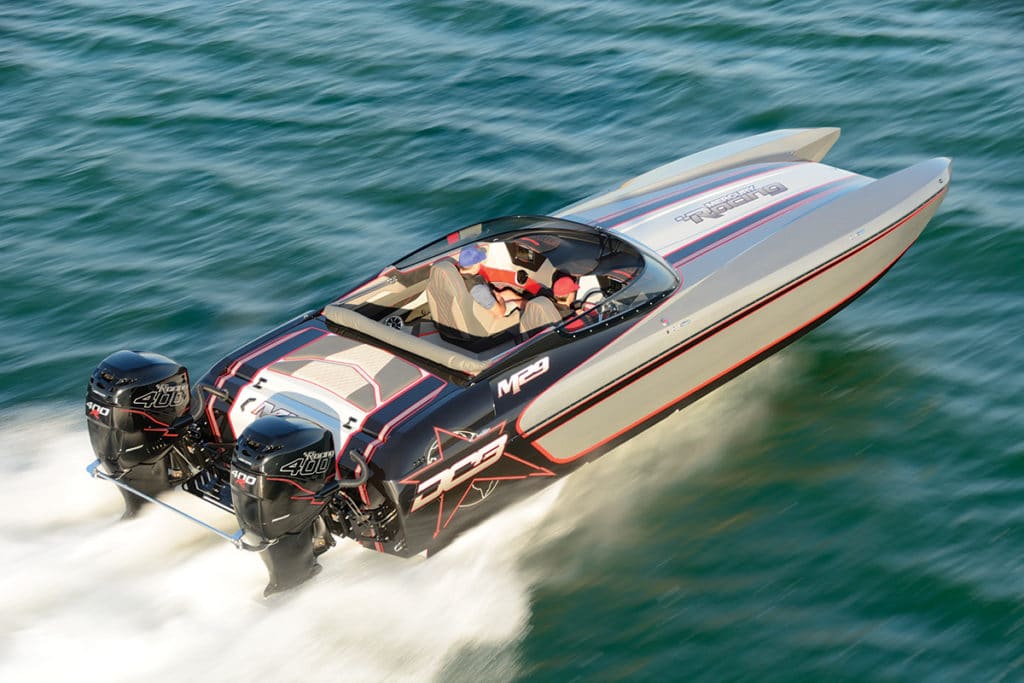
Configuration: In-line-6
Displacement: 2.6L
Gear Ratio: 1.75:1
RPM Range: 6,400 to 7,000
Dry Weight: 668 lb.
Fuel Requirements: Recommended unleaded 91 octane (minimum unleaded 89 octane)
Price: $31,530 Mercury Marine
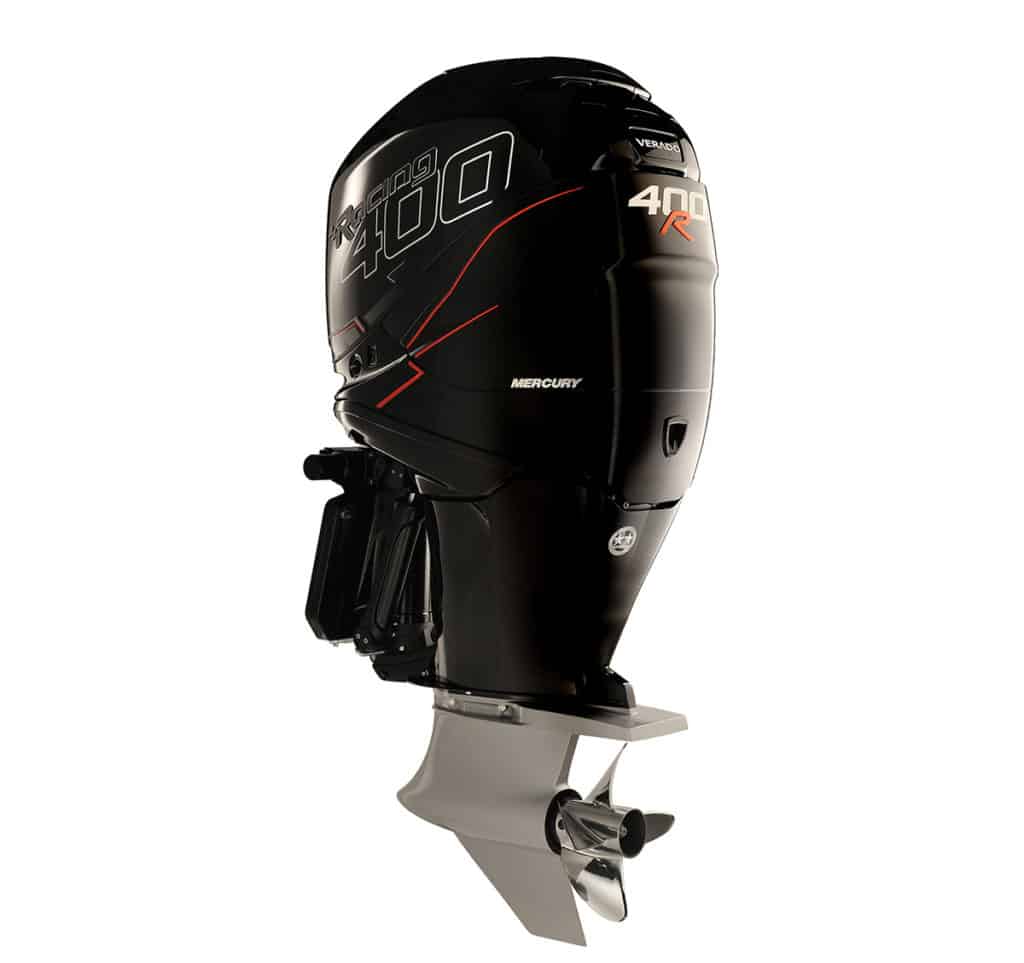
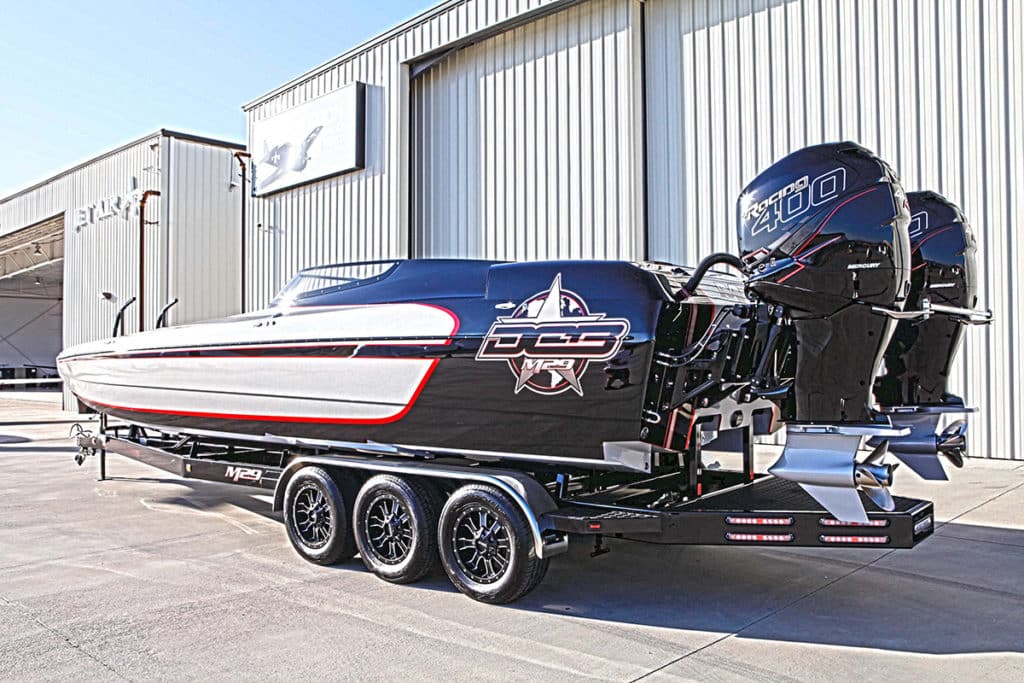
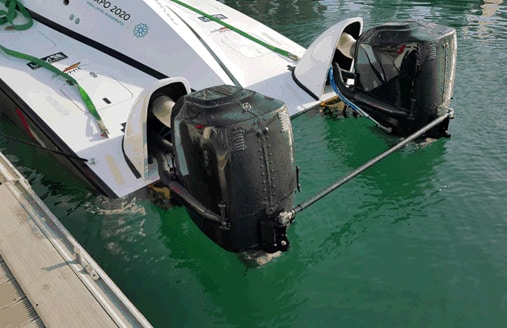
Working with teams from the highly competitive XCat class of offshore racers in the United Arab Emirates, Mercury Racing is developing a high-output, four-stroke race motor. This engine is a derivative of the 400R with a 15-inch midsection and dry sump lubrication. .
Since Mercury Racing had already built a supercharged, 350-horsepower outboard engine, the no-longer-available Mercury Racing 350 SCi, you’d think that the engine manufacturer wouldn’t need to change much to develop a 400 hp model.
You’d be wrong.
“We made quite a few internal changes in the cylinder heads, camshaft, pistons, even the supercharger itself,” said Mercury Racing General Manager Erik Christiansen. “This is a lineup extension. It’s not a replacement for anything.”
I ran four of the new 400R outboards on a Nor-Tech 390 Sport Open center-console with a twin-step V-bottom, and the acceleration with these motors was impressive. Motoring along at 75 mph, I nailed the throttles, and we hit 90 mph in seconds.
Christiansen explained that one of the biggest challenges with the 400R was feeding air to the supercharger efficiently. The new model’s supercharger is similar to those in other Verado models, but the 400R’s screw-type compressor is the first to be water-cooled. Because superchargers increase power by taking the air-fuel mixture and compressing it before it enters the combustion chamber, heat is a concern.
To feed air to the motor, Mercury Racing did away with the old ram-air-style cowling used on the 350 SCi. That cover had intakes on the front, while the new one has a cold-air induction system with a scoop on the rear. “The biggest deal is to get the air in as cold as you can,” Christiansen explained. Not only does the new cowling deliver air to the supercharger more efficiently, but the cowling also makes the already quiet motor even more stealthy.
Displacement for the 400R is still 2.6 liters, and thanks to a new antiknock sensor developed by Mercury Racing, the engine can run on 89 octane, although the company recommends 91 octane or higher.
For improved stability when the boat is running at high speeds, the new motor has stainless-steel midsection guide plates with composite wear pads. The motor mounts are designed to work with the guide plates to provide the smoothest running characteristics possible. Electrohydraulic power steering and SmartCraft digital throttle and shift (DTS) make the driver’s job effortless. You can even get the motor with joystick control for easier docking. With a 26-inch center lateral size, it can fit a variety of transoms.
The 400R is the first Verado to utilize Mercury Racing’s Sport Master gear case with low-water pickups. These surfacing gear cases enhance performance for go-fast center-consoles, bay boats, flats boats, bass boats and, of course, high-speed V-bottoms. For single-engine applications, the 400R can be ordered with a Sport Master with a cambered skeg to counteract propeller torque. The skeg has a parabolic shape and is offset to starboard. Port and starboard cambered Sport Masters are required for boats equipped with Mercury’s joystick piloting for outboards. While the 400R comes standard with tie-bar mounts on the front for V-bottom designs, Mercury Racing came out with a rear mount for catamarans. For boats that need more bow lift, buyers can get the 400R with a 5.44-inch-diameter HD Verado gear case as well. The motor comes in 20-, 25- and 30-inch shaft lengths. The 20-inch shaft length model with a 5.44-inch gear case weighs 668 pounds.
The 400R is available in the traditional Phantom Black, but you can also get the 400R in seven different accent colors to match virtually any boat’s graphics. While the white motors on the Nor-Tech looked good, I’m not sure I can get used to seeing a Mercury motor in any color except black. “It’s probably 50-50ish,” Christiansen said. “There are a lot of people in the world who want to see the white.”
The motor has a retail price starting at $31,530, and Christiansen hinted that even at 400 hp, Mercury Racing might not be done. “One thing’s for sure: You don’t often hear people asking for less horsepower,” he said. Bring it on.

